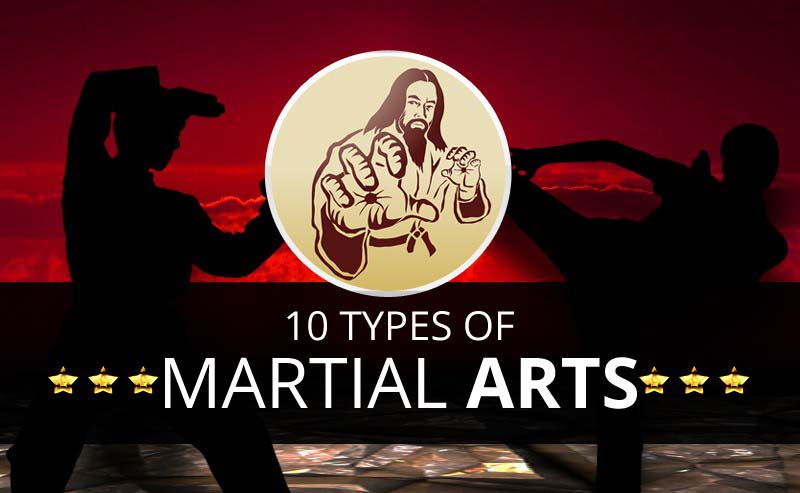Secret Differences Between Traditional Martial Arts And Modern Combat Sports: An Extensive Evaluation
Secret Differences Between Traditional Martial Arts And Modern Combat Sports: An Extensive Evaluation
Blog Article
Personnel Writer-Thuesen Fink
When you think about martial arts, do you lean a lot more toward the traditional techniques or the modern fight sporting activities? Each path provides unique benefits and experiences, formed by their approaches and training methods. Standard martial arts highlight personal growth and discipline, while modern-day fight sporting activities focus on competitors and efficiency. Recognizing these differences can direct you in choosing the right technique for your trip. But how do these distinctions manifest in training and approach?
The Philosophy and History Behind Traditional Martial arts
While many individuals connect martial arts with physical fight, the ideology and background behind traditional martial arts run much deeper. You'll find that these disciplines highlight personal growth, discipline, and regard.
Stemming from ancient techniques, conventional martial arts were commonly created for Self-Defense and spiritual advancement. They symbolize principles such as balance, harmony, and self-constraint, guiding experts past mere combating skills.
As you educate, you'll not just find out techniques but likewise obtain insights right into the society and worths that shaped these arts. The routines and traditions, often passed down via generations, cultivate a sense of community and belonging.
The Affordable Nature of Modern Battle Sports
Modern fight sporting activities have changed the landscape of martial arts right into a highly competitive field, where professional athletes take on in an examination of ability, strategy, and endurance.
You'll notice that competitors are frequently arranged with strict regulations and guidelines, making certain fair play and security. These occasions draw in large target markets, fueling the enjoyment and intensity of competitions.
Athletes educate carefully, not just for physical expertise yet likewise for mental sturdiness, recognizing that every detail counts in the ring. The adrenaline thrill throughout competitors is apparent, as fighters press their restrictions to assert success.
when to get kids into martial arts appreciate the athleticism and virtuosity included, making modern-day battle sporting activities a thrilling spectacle that continues to evolve and mesmerize enthusiasts all over the world.
Training Approaches and Techniques: A Relative Evaluation
The affordable atmosphere of modern-day fight sports demands innovative training techniques that differ considerably from conventional martial arts.
In contemporary training, you'll focus on specific strategies, sparring, and conditioning, often using drills that replicate actual battle scenarios. You'll see a focus on measurable efficiency and constant competitors to evaluate your skills.
On https://www.whig.com/news/community/legacy-martial-arts-named-national-school-of-the-year-wins-five-world-titles/article_995add04-2745-11ee-9843-3f70dd019285.html , traditional martial arts focus on forms, katas, and philosophical teachings, typically highlighting self-control and regard over competition.
Training is usually less intense and might involve repetitive method instead of real-time sparring.
While both strategies construct ability and physical fitness, modern combat sporting activities provide an extra dynamic and adaptable training atmosphere, preparing you for instant challenges in the ring or cage.
premier martial arts instructors that lines up with your goals and passions.
Final thought
In choosing in between conventional martial arts and modern battle sports, it truly boils down to what you value most. If you're seeking personal development, self-control, and a sense of neighborhood, traditional arts may be your finest fit. However if you thrive on competitors and real-time obstacles, contemporary fight sports could be the method to go. Ultimately, both courses provide unique advantages, so it's everything about aligning your training with your individual objectives and rate of interests.
